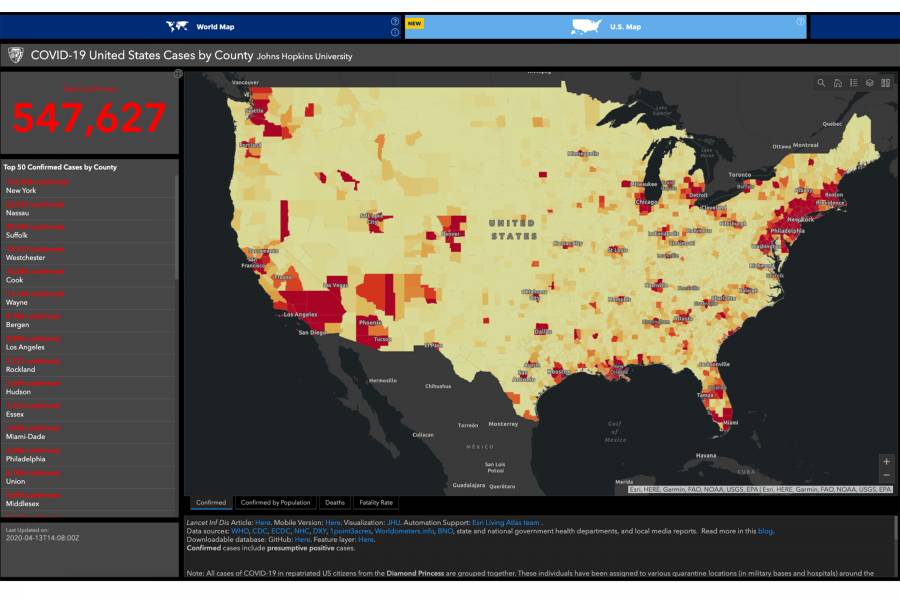(Erica Pandey is a business reporter at Axios. She covers the business and technology trends that are shaping the future of work.)
- That's appealing to parents who are fed up with virtual learning because it forces them to juggle work and child care or because the schooling is not as high in quality as in-person instruction.
Just 5% of private schools were virtual this fall, according to survey data from the National Association of Independent Schools, cited by CNBC.
Compare that with the 62% of public schoolkids who started the fall on Zoom, per Burbio, which has been tracking public school re-opening plans.
Private schools have a clear advantage in how they've been able to handle the pandemic:
- They were able to devise and advertise their reopening plans throughout the summer while public schools waited to from officials.
- They have the money to build tents for outdoor instruction or pay for testing to stay open even as cases rise.
And it's working. . .
The stakes: Not only is this trend separating higher and lower income students, it's also widening the urban-rural divide.
- While 92% of people in urban areas live within five miles of a private school, only 34% of households in rural areas have a private option within the same radius, according to the Brookings Institution.
What we still don't know is whether parents will keep ditching public schools from private ones in 2021 and beyond.
- "I think once things get back to normal, most students will be returning," says Larry Ferlazzo, a public high school teacher in Sacramento. "It's hard for me to imagine that a huge number of families are going to want to take the financial hit required to pay for private schools."
- Still, we may have already kickstarted a vicious cycle, says Hale. "Funding follows the students," he says. "Public schools are going to lose more money, and this is going to continue, if not get worse."



No comments:
Post a Comment